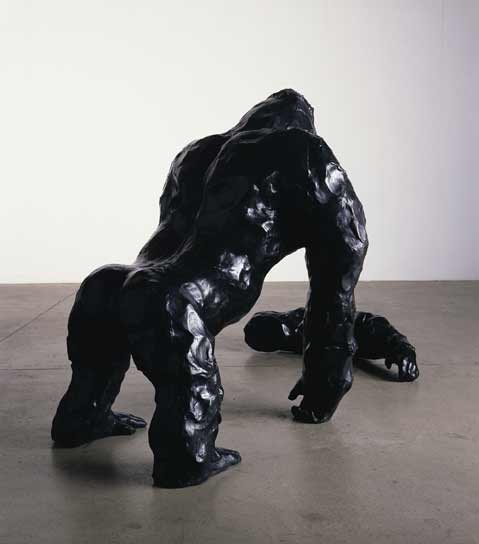The opening of the new John Madejski Fine Rooms at Burlington House means that the Royal Academy’s permanent collection of British art can at last be seen, free of charge, by the general public. Mr Madejski, who paid for the rooms to be refurbished with part of a fortune derived, apparently, from Auto Trader magazine, has made a considerable contribution to the artistic wealth of the nation. Because it has for so long languished behind closed doors many people may be unaware even of its existence, but the Royal Academy’s collection offers a unique (albeit somewhat eccentric) view of the development of British art during the last two and a half centuries or so.
When the R.A. was established, in 1768, its founders decreed that each new Royal Academician should submit a work by his own hand to confirm his election. This collection of paintings currently numbers some 549, spanning a period from the mid-eighteenth to the early twenty-first century. There is by no means space for all these in the new rooms, which given the inconsistency of the RA’s membership since at least the time of the Second World War is no bad thing. The opening display turns out to be at its strongest when concentrating on the Academy’s first hundred years.
Sir Joshua Reynolds, founder and first President of the R.A., stares out with self-conscious theatricality from his Self-Portrait with a Bust of Michelangelo – a painting which is itself a manifesto for Reynolds’s eclectic attitude to the art of the past as a kind of ideal academy. Reynolds shows himself contemplating the likeness of one of his heroes, Michelangelo, although he has actually painted his self-portrait in the rich and dark style of another, namely Rembrandt. The insinuation, impeccably academic, is that advancement lies in the magpie-like...

The John Madejski Fine Rooms at the Royal Academy. In-A-Gadda-Da-Vida at Tate Britain
14-03-2004

